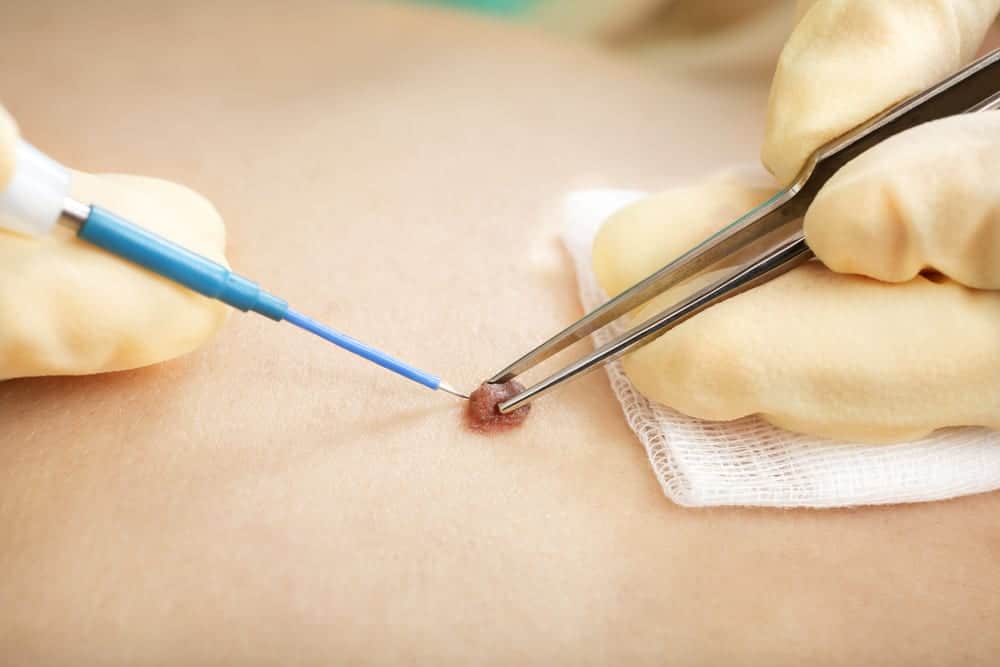Moles are common skin growths that can appear anywhere on the body. They can be flat or raised, pigmented or colorless, and vary in size and shape. While most moles are harmless, some individuals choose to have them removed for cosmetic reasons, skin health concerns, or due to the potential for malignancy. Understanding the different types of Mole Removal in Dubai techniques is essential for anyone considering this procedure.
Understanding Mole Removal Techniques
Mole removal techniques can be broadly classified into three main categories: surgical excision, surgical shave, and laser removal. Each method has its advantages and is suited for different types of moles and individual circumstances. Consulting with a qualified dermatologist is crucial to determine the best approach for each specific case.
Surgical Excision
Surgical excision is one of the most common methods used for mole removal. This technique involves cutting out the mole along with a margin of surrounding skin. It is typically performed under local anesthesia, which numbs the area around the mole, making the procedure relatively painless.
After the mole is excised, the wound is closed with stitches, which may be dissolvable or require removal after a few days. This method is particularly recommended for moles that appear suspicious or have irregular borders, as it allows for thorough examination of the removed tissue to rule out skin cancer. Surgical excision can leave a scar, but the extent of scarring depends on factors such as the size and location of the mole, the surgical technique used, and individual healing characteristics.
Surgical Shave
Surgical shave removal is another popular method for mole removal. This technique involves using a small blade to shave the mole off at the skin’s surface. This method is less invasive than surgical excision and does not require stitches, as the wound is typically small enough to heal on its own.
Surgical shave is often used for raised moles that are benign in nature and do not have cancerous characteristics. It is quick, usually completed in a matter of minutes, and results in minimal discomfort. However, because the mole is not removed entirely, there is a possibility of regrowth. The healing process generally leaves minimal scarring, and patients can usually return to their daily activities shortly after the procedure.
Laser Removal
Laser removal is a modern approach that utilizes focused light beams to break down the pigment in the mole, causing it to fade or disappear. This technique is particularly effective for smaller, flat moles and is less invasive than the surgical methods mentioned above. Laser treatments typically require multiple sessions for optimal results, depending on the size and color of the mole.
One of the main advantages of laser removal is that it minimizes scarring compared to surgical excision or shave methods. The laser targets only the pigment in the mole, sparing surrounding skin tissue. However, laser removal is not suitable for all types of moles, especially those that are raised or have suspicious characteristics.
Cryotherapy
Cryotherapy involves the application of extreme cold to destroy the mole tissue. This is typically achieved using liquid nitrogen, which freezes the mole and causes it to fall off. Cryotherapy is often used for benign moles and skin lesions and is a quick procedure that requires little to no downtime.
While cryotherapy can effectively remove certain types of moles, it is essential to note that it may not be suitable for deeper or pigmented moles. Patients may experience temporary redness, swelling, and blistering at the treatment site, but these effects usually subside within a few days.
Electrosurgery
Electrosurgery is another method used for mole removal, particularly for moles that are raised or have irregular borders. This technique involves the use of a high-frequency electrical current to cut through the mole tissue or to burn it away. Electrosurgery can be performed with or without anesthesia, depending on the size and location of the mole.
One of the benefits of electrosurgery is that it cauterizes the area as it removes the mole, which helps minimize bleeding and reduces the risk of infection. However, like other methods, there is a possibility of scarring, and patients should follow aftercare instructions to promote optimal healing.
Choosing the Right Method
The choice of mole removal method depends on various factors, including the type, size, and location of the mole, as well as the patient’s medical history and personal preferences. Consulting a dermatologist is crucial, as they can assess the mole’s characteristics and recommend the most appropriate treatment option.
In conclusion, understanding the different types of mole removal techniques is essential for making informed decisions about skin health. Each method has its unique advantages and considerations, emphasizing the importance of personalized care. With proper evaluation and treatment, individuals can effectively address concerns related to moles and achieve their desired outcomes.




